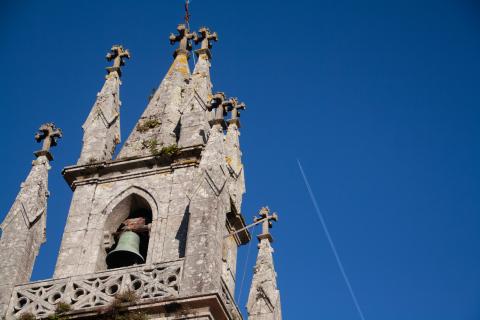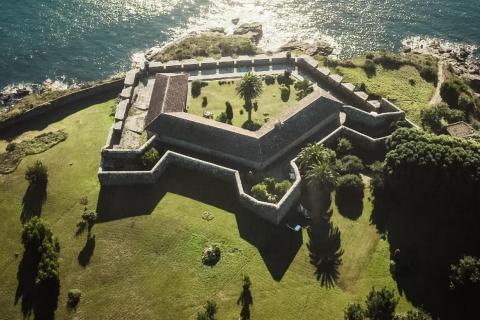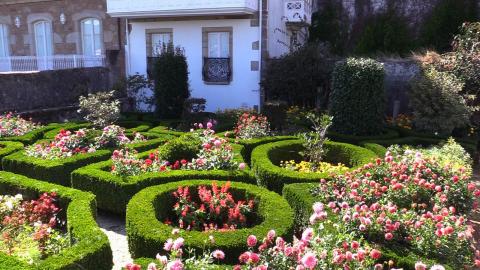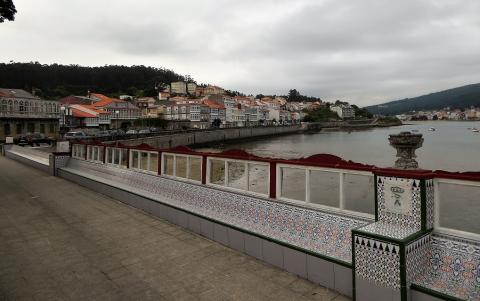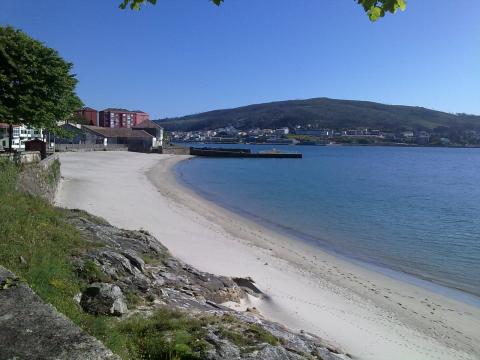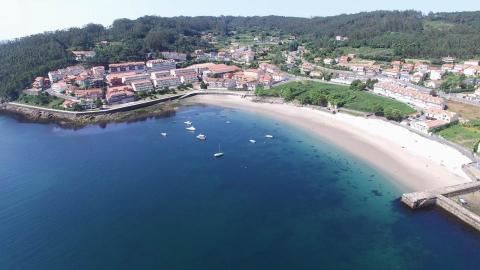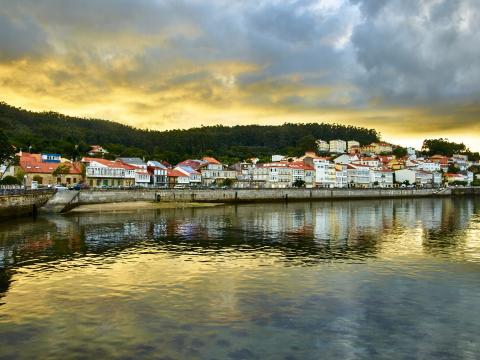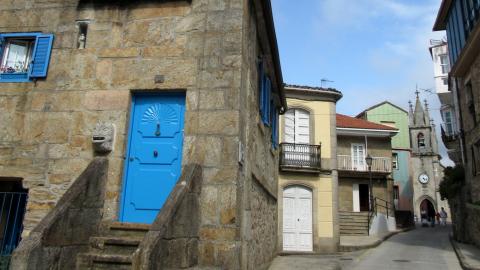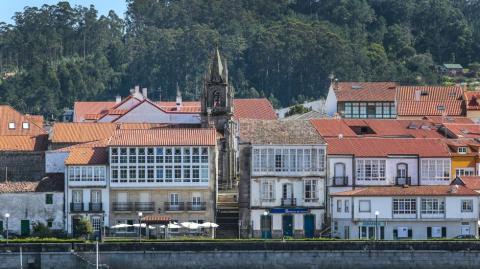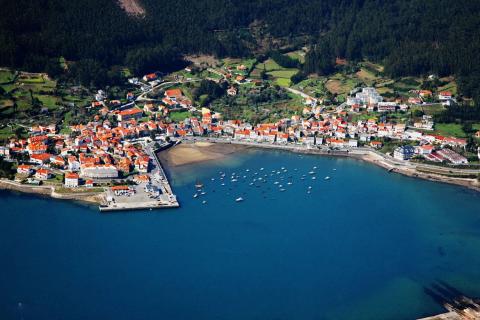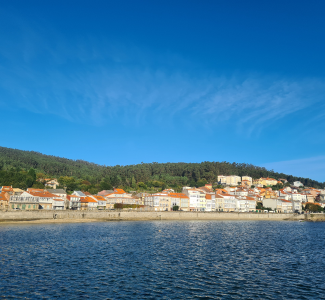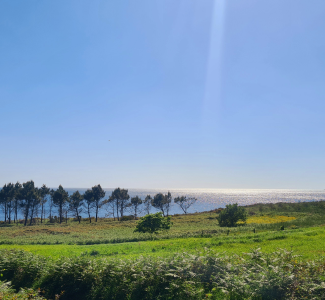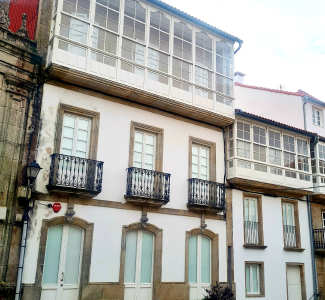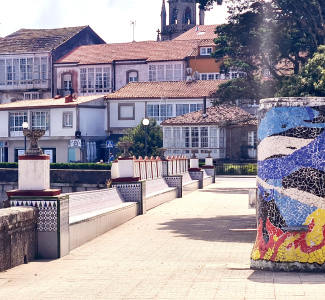What to see in Corcubión
Corcubion, land of calm and bravery
Cultural Heritage
Cultural Heritage
St James’ Way
St James’ Way
The pilgrimage to Santiago de Compostela was the most noted cultural and religious event of the Middle Ages, something that was also recognised by the European Parliament, which declared St James’ Way the First European Cultural Itinerary, and by UNESCO, which declared it a World Heritage Site.
The discovery of the tomb of the Saint James Apostle took place at the beginning of the 9th century and put an end to an oral and written tradition that placed the Apostle as an evangeliser in the lands of ancient Hispania after the death of Jesus Christ. The Codex Calixtinus states that after the Apostle was beheaded by Herod Agrippa in 44 AD, his lifeless body was taken by two boys, his disciples, on a ship manned by angels that crossed the Mediterranean and sailed up the coast of Portugal to the port of Iria Flavia. There, after a series of miraculous events, Saint James was buried on Mount Libredón.. According to tradition, almost eight hundred years later, a hermit saw some heavenly lights that led him to the place where he discovered the remains of Saint James. He warned Teodomiro, Bishop of Iria, and King Alfonso II ordered to build a small church, which he left under the command of Benedictine monks. But there were many faithful who came to visit the tomb of the Apostle, so before the end of the 9th century, Alfonso III ordered the construction of a bigger temple to accommodate them all.
Crowds of pilgrims began to arrive to visit the remains of the Apostle, especially after the Turkish invasions that interrupted the pilgrimage to Jerusalem, just at the time when the Romanesque cathedral was being built in Santiago (1708). The pilgrimage to Compostela was then at its peak, thus consolidating St James’ Way, the most promoted route and the best endowed one by kings and ecclesiastical authorities.

